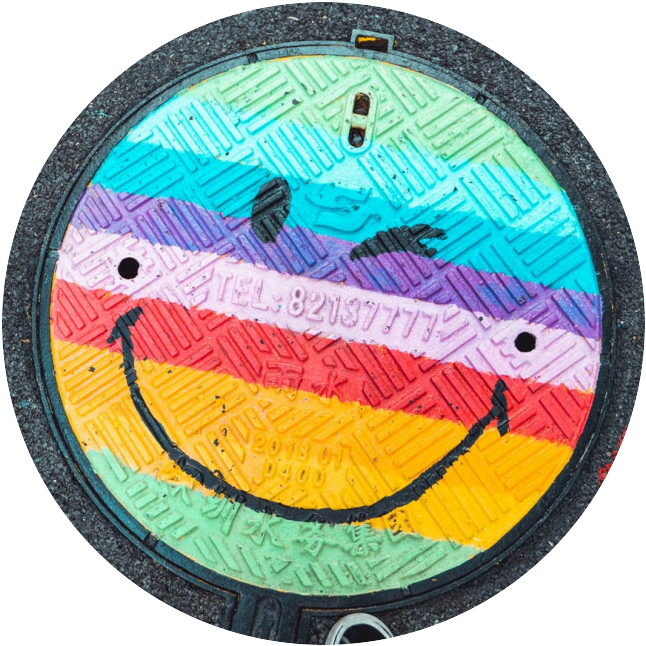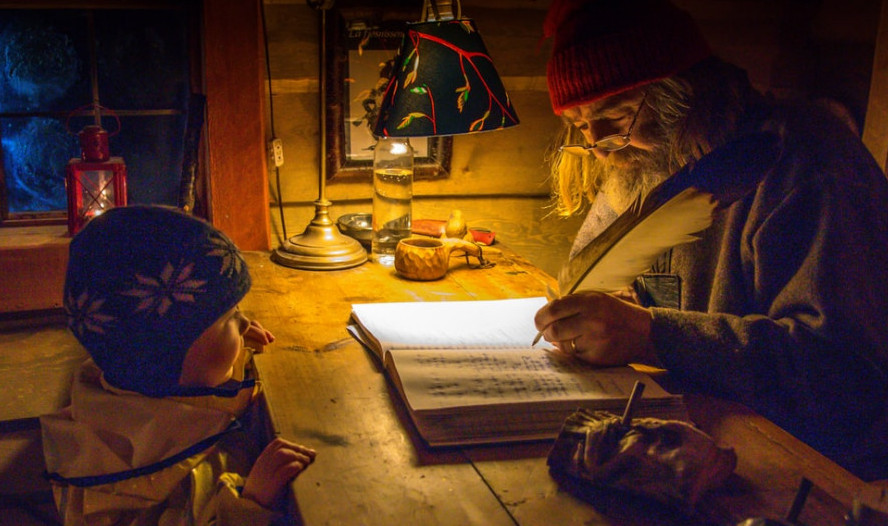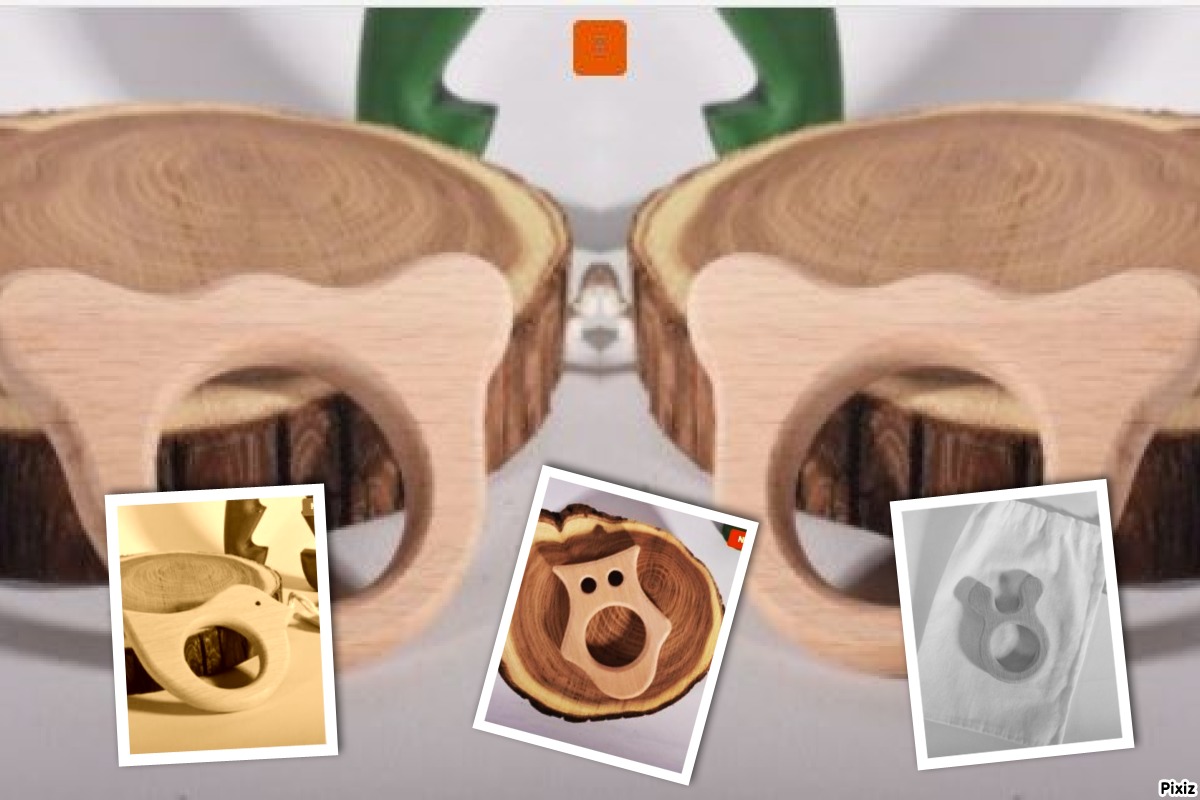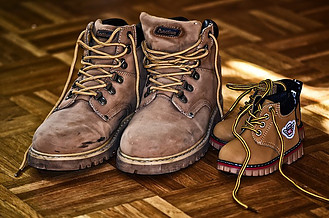Language is the reflection of our character. What we speak and how we speak discover our personality and education. It gives us a different perspective of the world around us, which means that cognitive development takes place along with communication and language growth.
Despite being able to understand each other even without communicative skills, we do need language to express our complex feelings, thoughts and ideas. Growing up makes things more compound and difficult so we need to adapt to those changes.
It is not by accident, that children start school early. The reason is their brains are able to pick up things effortlessly and almost unconsciously until about the age of 12.

Everybody Smiles in the Same Language
That’s true, meaning we make ourselves understandable through ways other than the language we know. Children are real artists regarding silent communication. It means that they know something we don’t. They surely know some surreptitious way to make them comprehensible to their peers.
A couple of years ago, we had a holiday at the seaside. My son was just two years old and he played with a three-year-old boy from Poland. Even though they were from different countries and didn’t even speak their own languages well, they managed to build a nice sand castle, laugh and be happy. The older boy showed my son the thumb up. My son didn’t understand what that meant, but he knew he had to respond in a similar manner. Even funnier, he didn’t know to show like with his thumb, so he put his index finger up. It was funny to us, but the boys understood each other and hugged after their hard work.
Why Do We Need Language?
Although we understand each other even without proper communication, we do need language. People are the only living beings that have mastered cognitive language communication. This is the distinction that makes us conscious human beings.
As we grow we have an increasing need to describe our thoughts, ideas and feelings thoroughly. Thoroughness is not possible to express by silent communication.
By learning a language you master complex systems of words, sentence structures and grammar rules. By mastering such a complex syntax, children become more mature and more intelligent.
One of the ways for parents to help their children develop their communication and language skills is by using toys they already have at home. Of course, if you can afford some new toys, here’s my suggestion.

Is it Difficult to Start Speaking?
Language at the earliest age happens naturally. That is why we mostly refer to language acquisition rather than language learning. Language learning is a conscious process of studying vocabulary and grammatical structures in contrast to acquisition which happens naturally, unconsciously and effortlessly.
It seems that children get triggered by something at a certain point and just start speaking. However unconscious it looks, there are a lot of complicated actions happening in the brains of our toddlers. Still, scientists are in charge of studying the brain activities that trigger communication and language, and parents are there to support the development of those skills.
Another great toy to stimulate language development along with cognitive, motor, social and emotional skills is the matching letter game.

(As an Amazon Associate, I earn from qualifying purchases)
The point is that you have to take part in this play. You cannot expect your child to learn a language with a toy that can’t communicate. You have to name objects, describe them, teach children their characteristics and correct pronunciation when necessary. Parents are largely responsible for the development of this area.
The Importance of Language Acquisition
Communicative and language skills directly affect babies’ brains because they ask them to pick up complex structures and recreate them on different occasions. This means that communication and language are directly connected to the cognitive development we spoke about in my previous blog.
At first, children need to communicate their basic needs to their parents. Instead of pulling their hands towards the door, they now can simply say “let’s go out”. Pulling their hands can have various meanings and it takes time for a parent to discern whether their toddler wants to go to another room, use the bathroom, get something else or go out. Speaking means getting what they want but faster.
Also, if a child doesn’t want something, they don’t have to protest, scream or cry. When they have the ability to speak, they can simply say “stop” when they no longer enjoy the activity.
Teamwork is also in need of good communication. Like in my example above, my son and his Polish friend understood each other pretty well because at that age there is no need for some complex cooperation. Now let’s imagine them some twenty years later. They are building a house and they communicate the same way. Of course, that won’t be enough. They need a thorough explanation of their actions and needs, which means they need language.
Conclusion
A language is a tool for getting what one wants in a quicker and more precise way. It happens gradually, together with personal, social, cognitive and motor development. They are all dependable areas of children’s early development.
The interconnection of all four areas makes a child strong, confident and ready to be a team player. Altogether, they prepare a child for life.
It is important to learn a language as early as possible because the younger the kids the easier they will pick up their language. At the earliest stages, they don’t learn, they acquire it.
For proper development, again, teamwork is needed. Parents’ responsibility is to talk to their children as much as possible. Use the toys you already have at home, play and speak while playing. In case you want to buy a new toy, choose natural, choose wood.
However, enjoy your children now! Speak to them while they still listen. They grow up so fast and when you want them to listen to you, they won’t be there. So use the opportunity now.








What a lovely story about your son building a sandcastle with a new little friend, even though they couldn’t speak each other’s language. Communication is so important, and if you do not have the words, then using your hands and facial expressions, can still communicate your feelings. This was clearly shown by your son and his Polish playmate.
Language indeed adds more dimension to getting feelings, thoughts and ideas across. A child’s brain is like a sponge when they are small, so how important do you think it is to teach a child more than one language when they are small?
Hello Line,
Thank you for taking interest in my blog. As a teacher of English as a foreign language, I take interest in the situations like this and they are even more interesting when they happen to my children. I have a lot of stories to tell from my own experience.
Kids acquire language effortlessly and they easily become bilingual or even multilingual in the environment that demands it of them. In other situations, I always like to expose them to the other language through play, cartoons or music rather than teaching them. Classic teaching may have a reverse result on them and may make them less interested and discouraged. With language exposure, they find it normal to pick up and speak the language.
I am so positive about language exposure from early years. However, they find new forms of entertainment as they grow up. Accordingly, language exposure has to follow their interests and thus keep them constantly involved in language acquisition.
Thank you for taking interest in my blog,
Have a nice day.
I do agree that we have to enjoy all forms of communication with our children – not just the ones we prefer. Children communicate based on their personal preferences and developmental stages. My son is currently in a pre-K autism program that uses the Applied Behavioral Analysis teaching method, and I’ve been very impressed with this. He has a speech delay.
We’ve seen more growth in this program in a few months than we saw with him being in daycare for over a year. And speaking toys such as the one you mentioned in this post are essential with helping kids with not only their sight words but learning phonics, which is the foundation on which they’ll learn to read independently.
This is a great article on communication of children, and as a teacher as well, I know we have to encourage our children to communicate – whether it is verbal, non-verbal, sign language, or even through song. Especially at the early stages!
Hello Tia,
I am happy to hear an opinion from a colleague and a mother as well.
Different methods and approaches really make a difference in a child’s development. I don’t like conventional teaching and over the years, my teaching method showed fantastic results. Peer education is the best choice because children are the most social beings, no judging, no prejudice, just friends. They listen to and learn from each other.
As for home practice, parental involvement is essential. Of course, toys, and my preference – wooden toys, are the key element that stimulates speech trigger and development.
I am happy to hear that your son is making nice progress. We have to search for what best suits our children. Good job!
I wish you and your son a lot of progress. Thank you for taking interest in my blog!
Have a nice day.